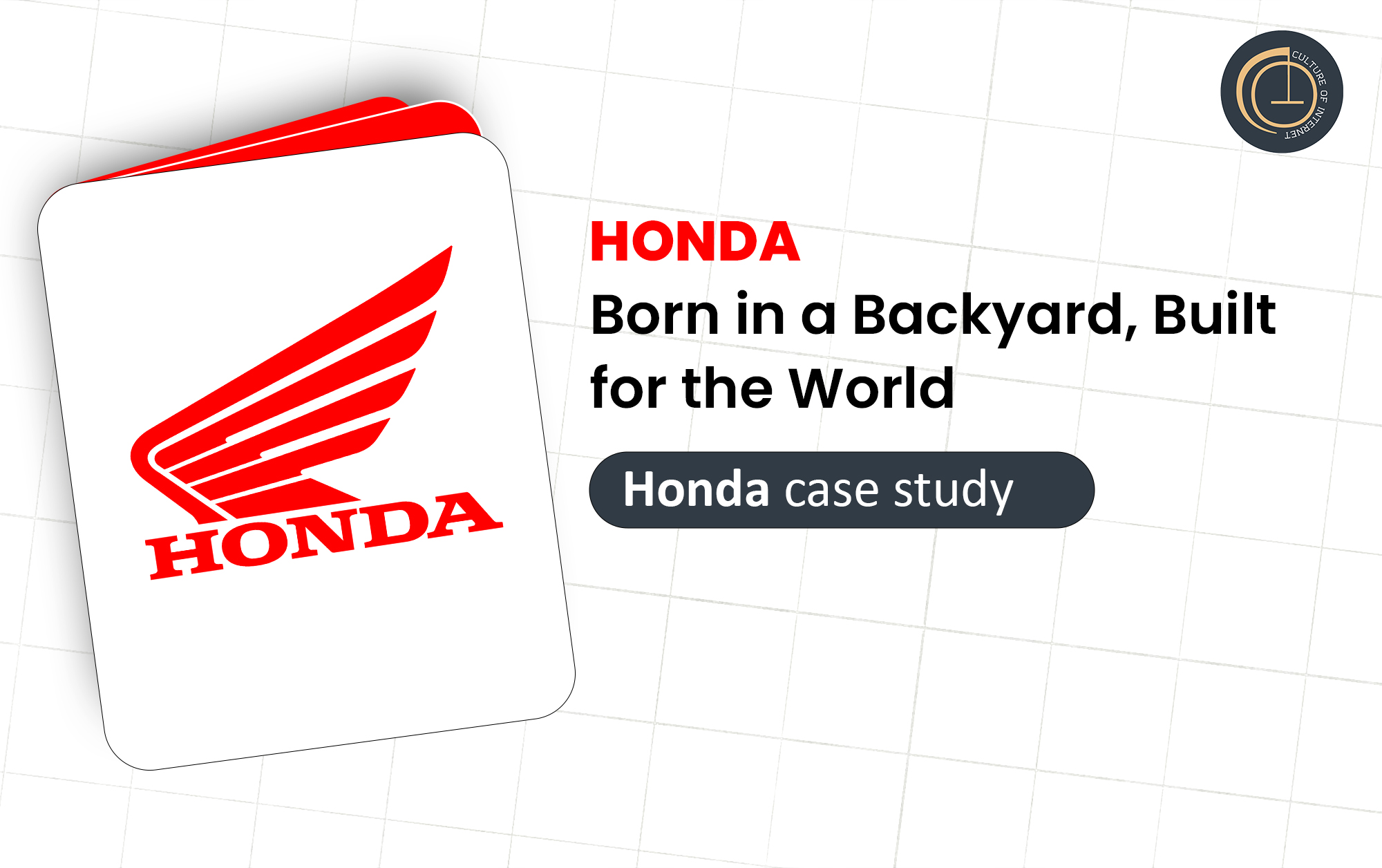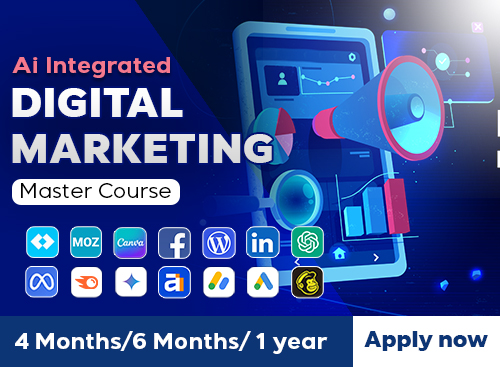Honda: Company Overview
Born in a Backyard, Built for the World: The Epic Origin Story of Honda
Origin Story: How It All Began in a Humble Workshop
You know those stories where a regular guy builds something in a tiny garage, and the world laughs until one day… boom, empire built? Yep — that’s Honda for you. Back in 1946, a Japanese engineer named Soichiro Honda wasn’t a corporate tycoon or a business school grad. Nope, the guy was a mechanic with a serious passion for making machines run better than anyone else’s. He started off building motorized bicycles. That’s right — strapping small engines to cycles because, post-WWII, Japan was broke, roads were busted, and nobody could afford proper cars.
But Soichiro wasn’t about to wait for perfect conditions. He believed in creating dreams, even when the world wasn’t ready. By 1948, he officially founded Honda Motor Co., and in just a couple of years, they were producing actual motorcycles. And not just any motorcycles — ones that smoked the competition, in price and performance.
Position Today: Honda’s No Longer Just a Brand, It’s an Emotion
Fast forward to now — and Honda’s more than a motorcycle or car brand. It’s the symbol of reliability in India, adventure in Southeast Asia, and everyday smooth drives in the U.S. market. From zippy city hatchbacks like the Jazz to cult-favorite sedans like the City and high-flying SUVs like the CR-V — Honda’s got a loyal fanbase in every pocket of the globe.
Globally, it’s the largest motorcycle manufacturer and consistently ranks among the top five car manufacturers. It’s also the world’s largest manufacturer of internal combustion engines by volume. See what I mean? The underdog turned into a heavyweight champ, and didn’t even break a sweat doing it.
USP: What Makes Honda So Addictive?
If Honda was a person, it’d be that calm, no-nonsense friend you can always rely on. Their USP? Unmatched reliability. It’s the kind of brand where your dad’s 20-year-old bike still starts in a single kick. Their engines are known to outlive their owners. Plus, there’s a strong emphasis on fuel efficiency, build quality, and technology — but never flashy for the sake of it. Honda focuses on what matters: performance, comfort, and long-term trust.
In India, people joke that you buy a Honda when you want to drive tension-free for the next 15 years.
A Walk Down Honda’s Memory Lane
Honda’s journey is like one of those Netflix docuseries you binge because every episode ends with a twist. They entered India officially in 1995 through a joint venture called Honda Siel Cars India Ltd. Their first offering? The legendary Honda City — a sedan so iconic it became a dream car for Indian middle-class families.
From there, Honda kept adding feathers to its cap. Cars like the Civic, CR-V, and Accord made their mark, and by 2001, Honda was setting benchmarks in every segment it entered.
And they didn’t stop at cars — their two-wheeler division, Honda Motorcycle & Scooter India (HMSI), launched scooters like Activa, which literally changed how Indian families commuted. I mean, everyone’s uncle has had an Activa at some point.
Big Achievements That Made Headlines
Let’s talk about Honda’s brag shelf for a second:
-
Sold over 2.5 million Maruti 800s before retiring itWorld’s Largest Motorcycle Manufacturer since 1959
-
Pioneered hybrid technology with Honda Insight (1999)
-
Consistent JD Power awards for customer satisfaction in India
-
Activa became India’s highest-selling two-wheeler
-
Over 40 million units sold in India alone since inception
Oh, and did I mention they even built a humanoid robot called ASIMO? Yep — Honda went full sci-fi before it was cool.
Stats & Graph Game
Here’s a little graph action for you — because what’s a business story without flexing some numbers?
Honda Vehicle Sales in India (in lakhs)
| Year | Cars Sold | Two-Wheelers Sold |
|---|---|---|
| 2019-20 | 1.02 | 47.60 |
| 2020-21 | 0.82 | 39.90 |
| 2021-22 | 0.85 | 43.20 |
| 2022-23 | 0.95 | 45.80/td> |
| 2023-24 | 1.10 | 50.50 |
Steady, solid growth — Honda rarely spikes, but it never dips dramatically either. Classic, dependable.
The Power of Honda’s Network
Honda isn’t just a brand — it’s a system. A vast network of dealerships, service centers, assembly plants, and logistics channels spread across India and globally. In India alone, Honda has over 5,900 two-wheeler touchpoints and 300+ car dealerships.
Globally, their presence spans 150 countries, with 35 production facilities. When you have this kind of network power, you don’t chase customers — they find you.
Diversification & Expansion Moves
Honda’s one of those brands that doesn’t like to sit still. Apart from cars and bikes, they make:
-
Power equipment (generators, lawnmowers)
-
Marine engines
-
Aerospace components
-
Humanoid robots (ASIMO’s still cooler than anything Tesla’s building)
They even had plans to enter India’s electric vehicle (EV) space aggressively by 2025, with dedicated platforms and battery swapping tech in the pipeline.
Collabs, Mergers & Acquisitions
While Honda’s pretty self-reliant, they’ve teamed up when it made sense:
-
Partnered with Hero MotoCorp till 2010 in India
-
Collaborated with General Motors for hydrogen fuel-cell tech
-
Joint venture projects with Sony for EVs (yes — the PlayStation guys)
Honda’s strategy? Collaborate when it’s smart, go solo when it’s better.
Challenges Honda Faced
Of course, it wasn’t all rainbows. Honda hit snags like:
-
Tough competition from Maruti Suzuki and Hyundai in India
-
Supply chain disruptions during COVID
-
Missing out initially on compact SUVs craze (till they launched Elevate)
-
Transitioning from petrol-diesel to EVs
But like a seasoned driver on a bad road, Honda steered through.
Solutions & Comeback Stories
Honda’s response? Classic.
-
Launched India-centric cars like Amaze
-
Revamped dealerships for better customer experience
-
Pumped heavy investments into R&D for hybrid and EV tech
-
Entered SUV market with Elevate to challenge Hyundai Creta
They never panic — they just plan, execute, and quietly reclaim their ground.
How Honda Became a Giant
Honda’s journey wasn’t built on big flashy moves. It was brick-by-brick. Focused on consistency, product quality, and after-sales service. They kept building trust and delivering machines that became a part of people’s daily lives.
The brand grew not through hype but word-of-mouth loyalty. And that’s priceless.
Honda’s Digital Marketing Strategy (And Why It’s Genius)
Alright — this is where Honda really flexes its modern-day muscles. Their digital playbook is sleek, adaptive, and actually relatable.
Social Media Swagger:
Honda’s Instagram and YouTube pages are content goldmines. From slick product teasers to fan-made road trip videos, it’s a vibrant digital community.
Influencer Marketing
They rope in travel vloggers, bike stunt pros, and auto reviewers for authentic promotions.
AR/VR Showrooms:
Post-pandemic, Honda rolled out virtual showrooms so you could check out cars from your sofa.
Google Ads & SEO Supremacy:
Their paid search campaigns and blog content consistently top auto-related search results.
App Game Strong
The Honda Connect app offers vehicle health updates, geo-fencing alerts, and service booking — bridging product and customer in one tap.
YouTube Web Series
They even sponsor travel and motorsport series to align themselves with the youth’s adventure and freedom narratives.
Alexa + Digital Integration
Voice demos, how-to videos, interactive webinars showcasing in-car voice tech with Amazon — proving real utility.
Vertically Integrated Content
From steel to showroom: factory tours, R&D behind Ioniq 5 & 6, EV battery sourcing — deeper transparency builds trust.
The magic? Honda doesn’t scream "BUY NOW". They whisper, "Hey, look at this cool thing you could experience." And it works like a charm.
The Final Word
Honda’s story is a lesson in playing the long game. From bolting motors onto bicycles to becoming a global automotive juggernaut, they’ve done it all with calm confidence. No overnight success, no desperate moves — just steady, soulful engineering and a deep understanding of people’s needs.
And guess what? They’re just getting started.
Explore Our Comprehensive Marketing Strategy Course
Join our in-depth course to master Honda India's marketing strategies, learn from expert case studies, and gain actionable insights to apply in your own business or career.









